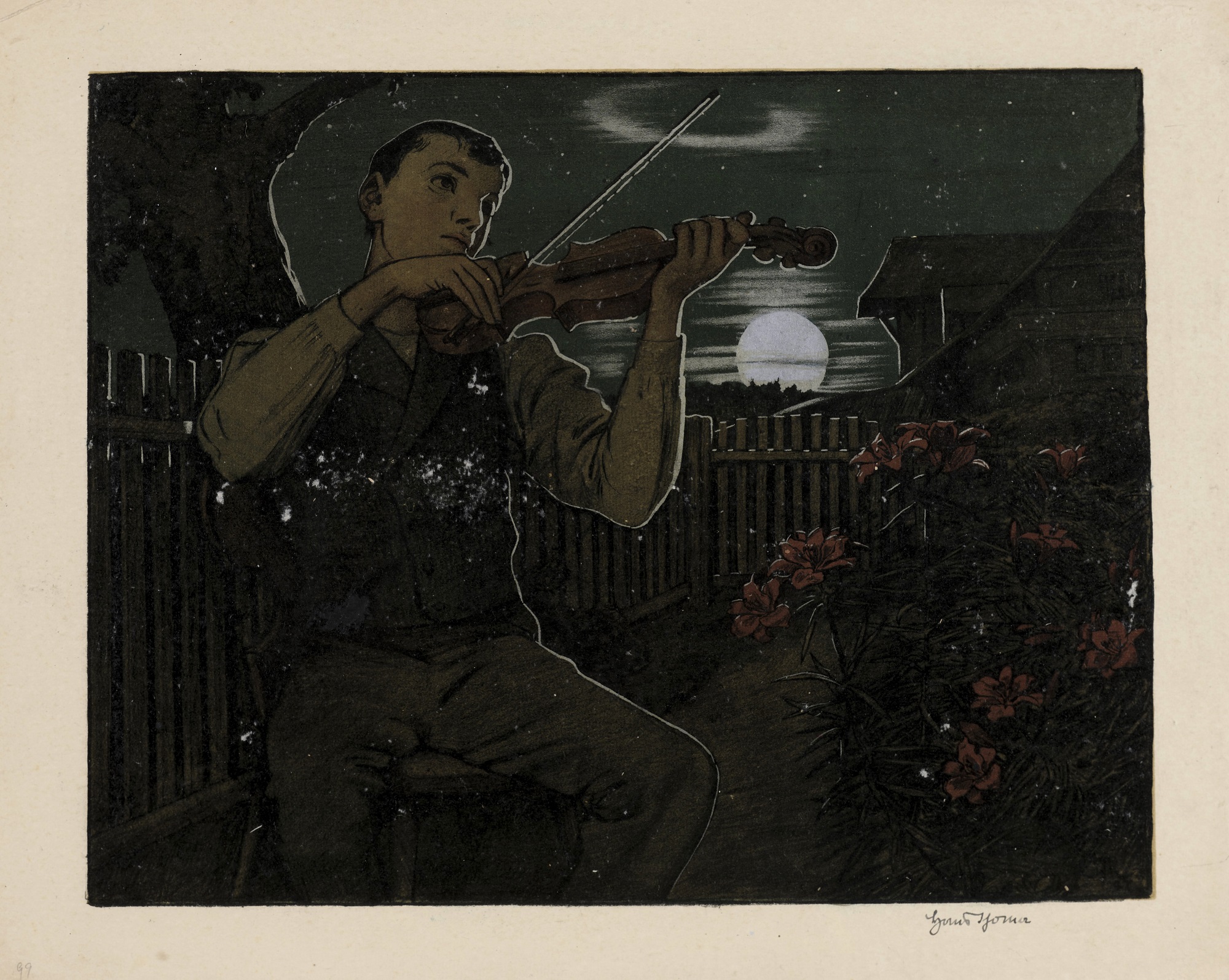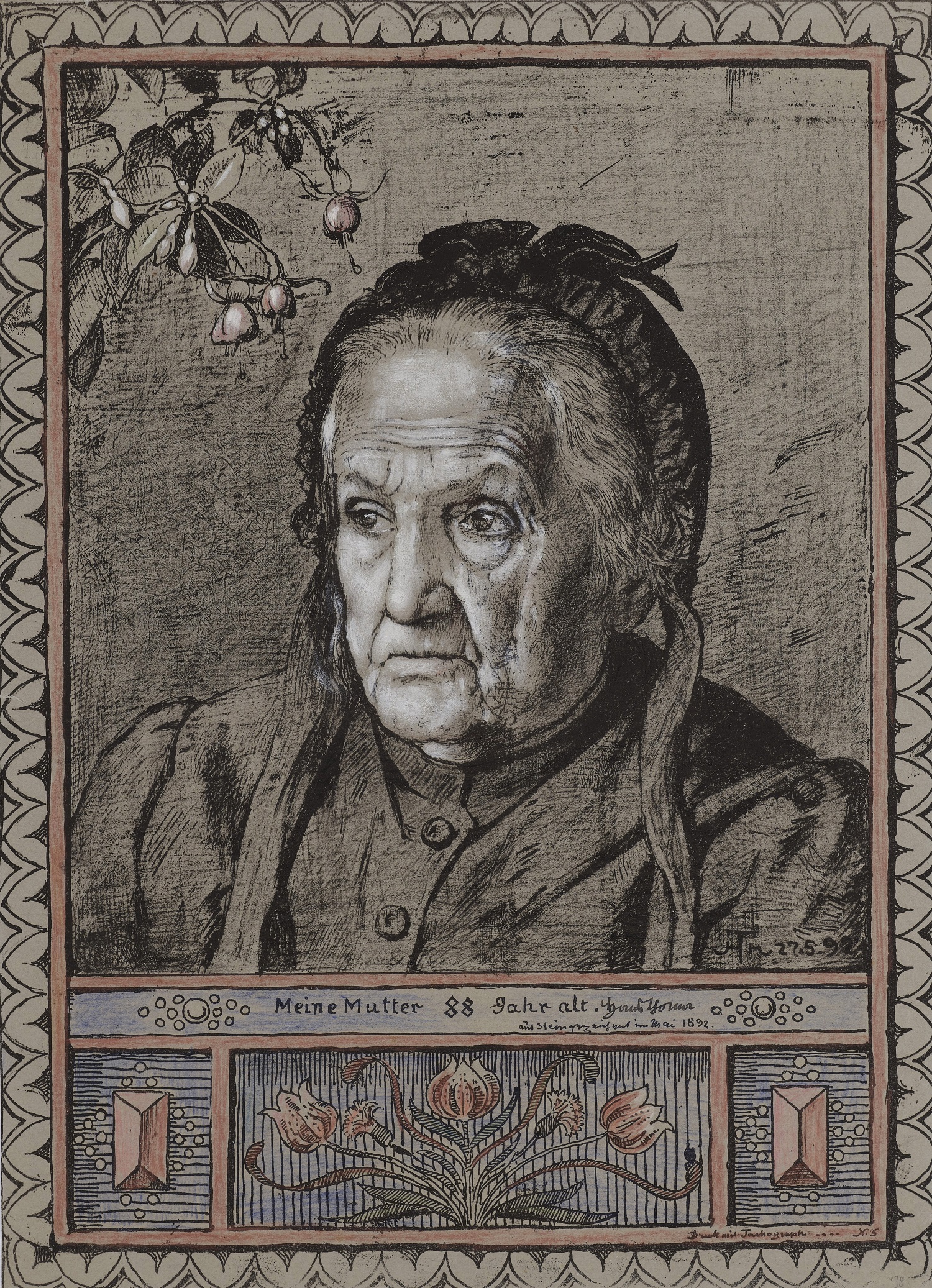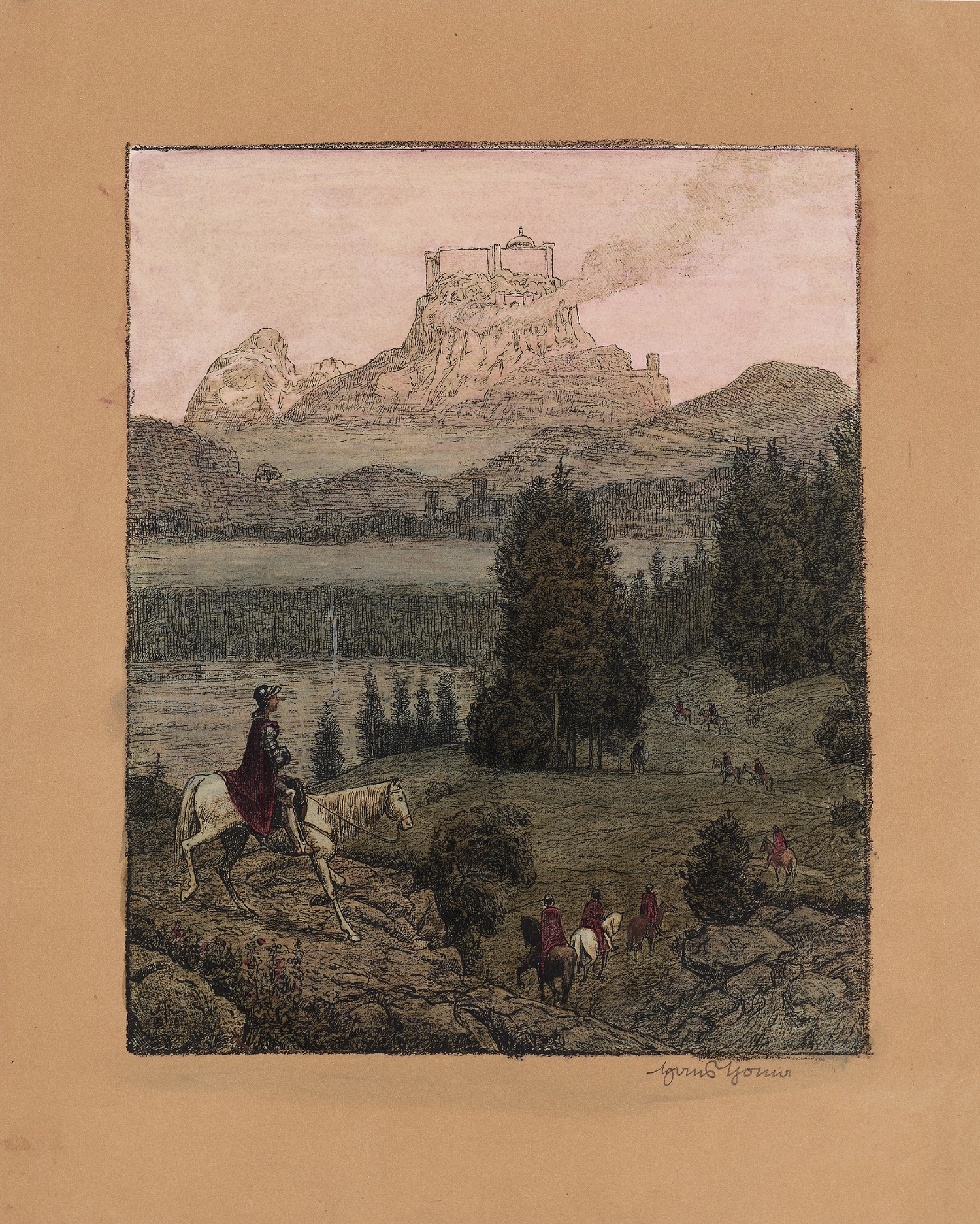This collection of works by engraver Hans Thoma (1839-1924) belongs to the Société industrielle de Mulhouse, on deposit at the Bibliothèque municipale.
The reason for their presence in Mulhouse and the nature of this collection remains a mystery: workshop collections or printer's collection ? The handwritten notes, typical of test prints, on many lithographs are but one clue. Moreover, research has not revealed the existence of any artistic printing workshops in the town at that time.
The artist was originally from the district of Freiburg im Breisgau, very close to Mulhouse's area of influence. With its dense network of industrialists and amateur artists, the presence of Hans Thoma's collections in Mulhouse is not overly surprising. Especially as Hans Thoma exhibited his paintings in Mulhouse at a Salon at the beginning of the 20th century... However, it is unlikely that this collection of prints entered the Print Room of the Société Industrielle de Mulhouse at that time, unlike the collection held by the museums in Strasbourg, which was acquired at the beginning of the 20th century.
We are therefore reduced to hypotheses: was this remarkably unified collection gathered by a collector? A studio close to the artist? Did it enter the Mulhouse collections before or during the Second World War? And under what conditions?
Today, Hans Thoma's collection of prints, still the property of the Société Industrielle but inalienably deposited, is divided between two institutions: the Musée des Beaux-Arts de Mulhouse and the Bibliothèque Municipale.
The collections of the Mulhouse Municipal Library include several works by the artist, most of which were published in Germany between 1935 and 1942. Hans Thoma's rather idiosyncratic imagination seems to have appealed to the art theorists of the Third Reich, even though the artist's works were already several decades old.
It is now important to showcase these 150 lithographs, which bear witness to the Germanic folklore and myths of the last century, and perhaps to unravel the mystery that surrounds this collection.
Presentation based on an interview with Benoît Bruant, former curator of the Cabinet des Estampes at the Mulhouse Municipal Library.
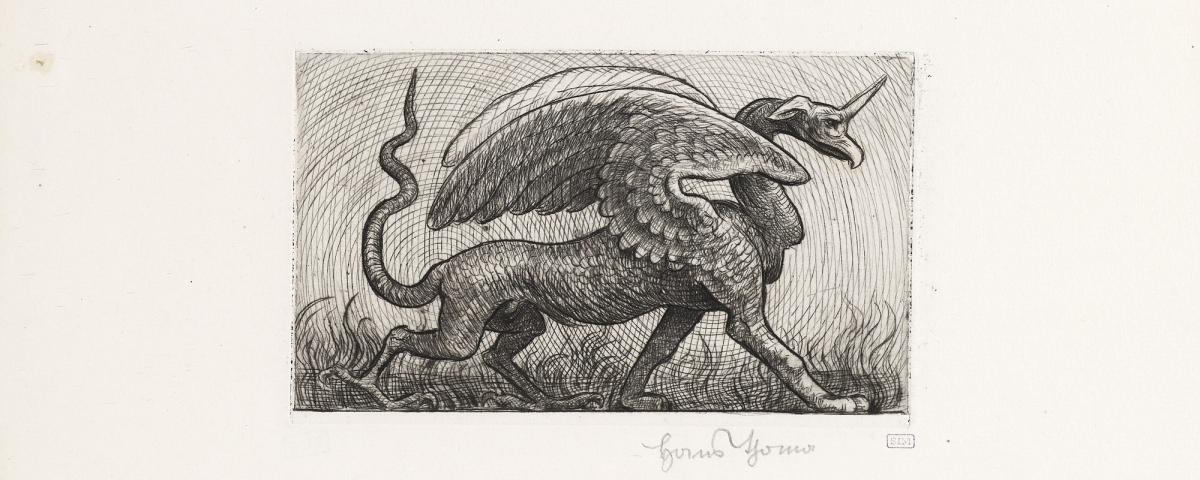
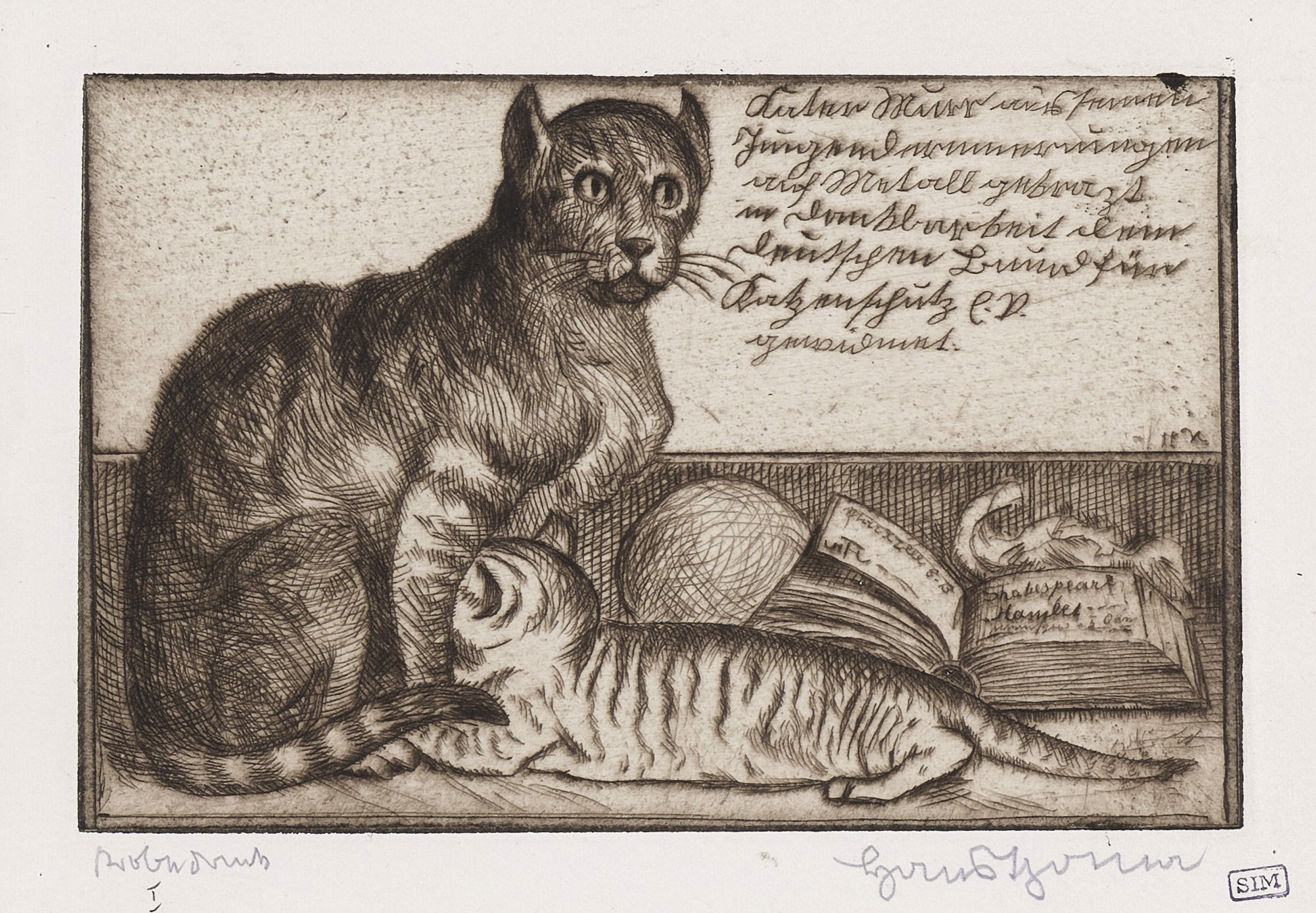
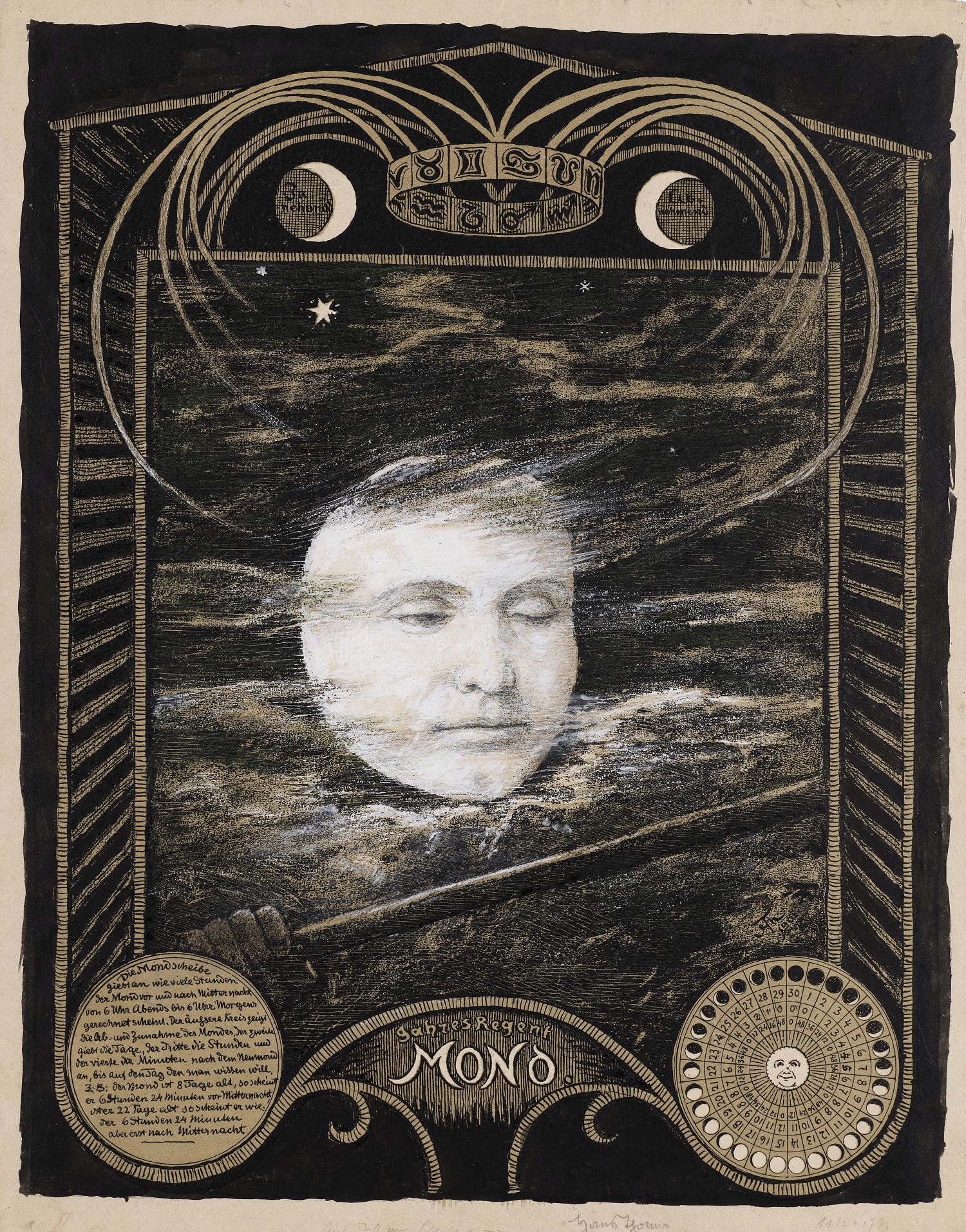
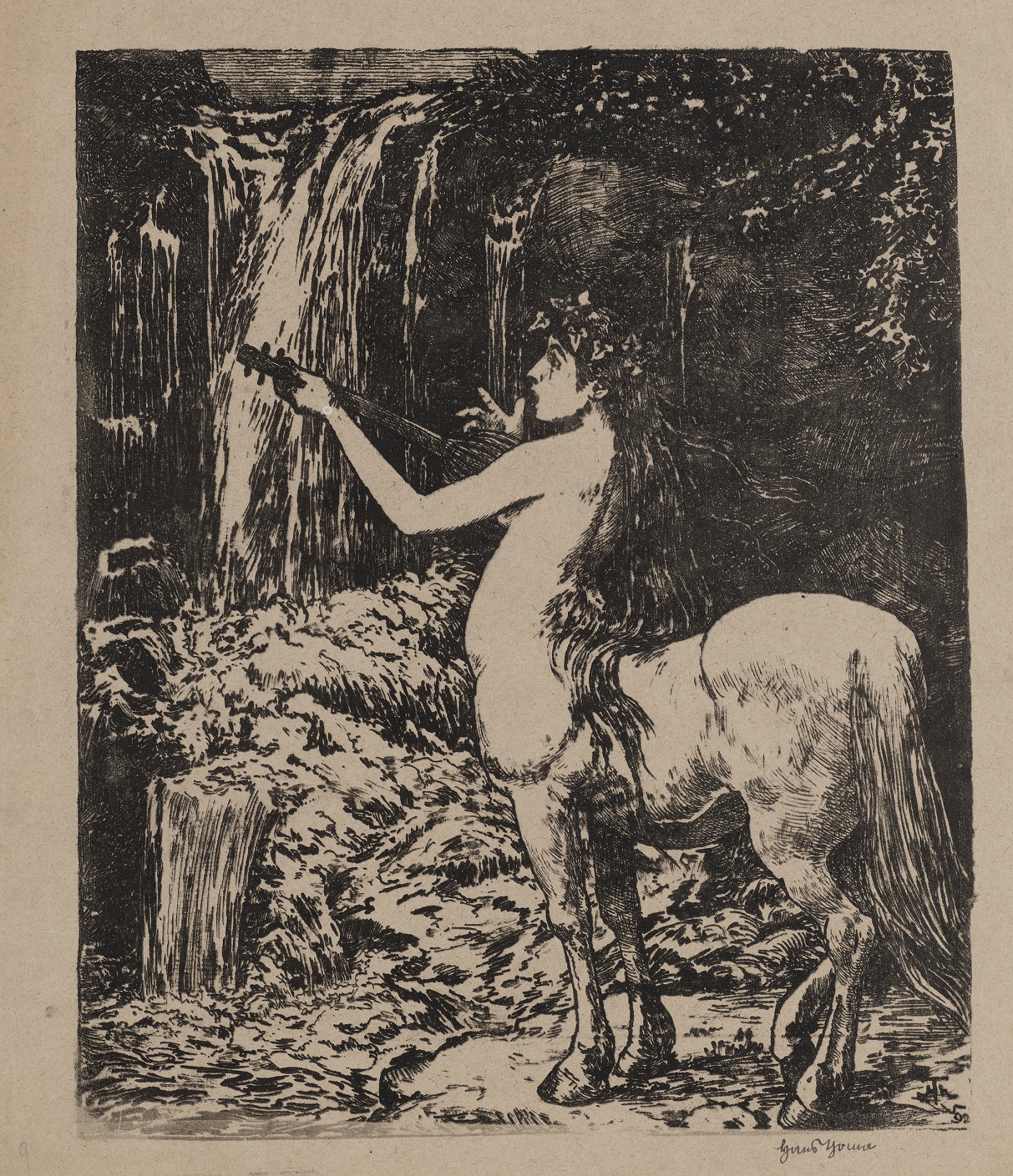
![[Walkyrie]](/sites/default/files/2024-04/collection_hansthoma_E7845_Bmm.jpg)
